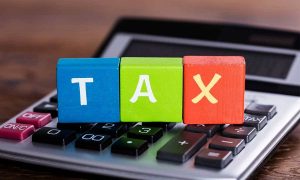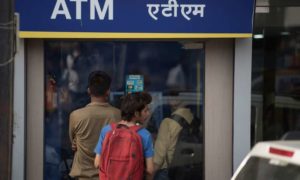In a special drive since November 2020, central agencies have detected fake ITC claims worth Rs 62,000 crore and arrested 776 persons, including professionals.
The GST Council in its meeting next month is likely to consider CBIC’s proposal to introduce additional validations in the GST return filing system to check evasion and fake input tax credit (ITC) claims, a senior official said.
Read More: ITR Filing 2023: List Of Banks Available At E-Pay Tax Service For Tax Payment
In a special drive since November 2020, central agencies have detected fake ITC claims worth Rs 62,000 crore and arrested 776 persons, including professionals.
The move to introduce certain validations in the return filing system is aimed at checking frauds and revenue loss. The Central Board of Indirect Taxes and Customs (CBIC) last week introduced validation and risk rating for GST registrations, as it looks to curb fake entities issuing fake bills just to claim ITC benefit and defraud the exchequer.
The official said the strategy to go in for additional validation both at the time of registration and filing of return is aimed at eliminating tax evasion.
“We are planning to introduce validations in returns filing system in a way such that the process does not become cumbersome for honest taxpayers. The validation would be done by the tax department and ITC claims could be blocked in cases of mismatch,” the official told PTI.
The additional validations that would be introduced at the tax officers end will have to go through the GST Council, which is likely to discuss the issue in next meeting on July 11.
Read More: Income Tax Return: ITR-3 Form Available For Download Now; Check Details Here
Last week, CBIC Chairman Vivek Johri had said the Council will discuss anti-evasion measures to tighten the noose on fake GST registration and fraudulent generation of input tax credit (ITC).
The GST officers have from May 16 initiated a two-month special drive against fake registration.
During the drive, GST Network has identified 60,000 entities which could be having fake registration. Of these, on 43,000 entities, physical verifications by way of visiting business premises have been completed by central and state tax officers.
Following this, 11,140 fake GST registration, involving GST evasion of over Rs 15,000 crore, have been detected by taxmen and action against fraudsters is being taken.
Under GST, a monthly self-declaration return GSTR-3B is filed by all registered taxpayers, except composition dealers. The return serves as a summary of a business’ tax liabilities and contains details of input tax credit (ITC) claimed and output tax liabilities.
Presently, GSTR-3B is bifurcated into 7 sections — GST Identification Number; legal name of the registered person; outward and inward supplies on reverse charge; eligible ITC; values of exempt, nil-rated, and non-GST inward supplies; payment of tax and verifications.
AMRG & Associates Senior Partner Rajat Mohan said HSN code tagging is already a feature in GSTR -1 used for filing outward supplies. If the same could be pre-filled in GSTR 3B, allowing seamless capture of data points, that would help correctly arrive at the tax due.
“While including commodity or HSN code-wise data in the GST return 3B can offer significant benefits, it is essential to carefully consider a smooth transition for effective implementation of any new reporting requirements from taxpayer end,” Mohan said.
Composition dealers are required to pay tax on a quarterly basis in a challan-cum-statement, Form CMP-08.





































